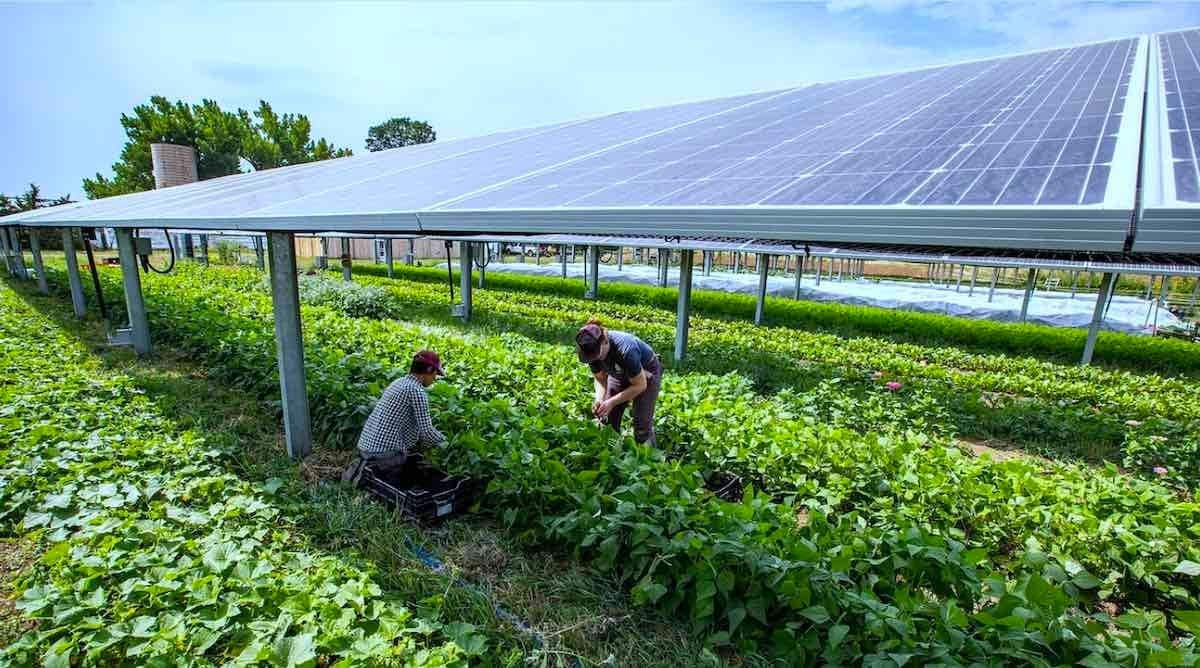Living in greener neighborhoods can slow cognitive decline
A recent study suggests that increased exposure to residential greenery can delay cognitive decline by about eight months annually.

This benefit is more pronounced in individuals living in low-socioeconomic status (SES) and densely populated neighborhoods. (CREDIT: Creative Commons)
A recent study suggests that increased exposure to residential greenery can delay cognitive decline by about eight months annually. This benefit is more pronounced in individuals living in low-socioeconomic status (SES) and densely populated neighborhoods, as well as those carrying the APOE-ɛ4 gene, a major risk factor for Alzheimer’s disease.
Research indicates that addressing modifiable risk factors could prevent or delay 40 percent of dementia cases globally, particularly if tackled during midlife. The new study, led by a researcher from Boston University School of Public Health (BUSPH), delves into how living near greenery during middle age can enhance cognitive health later in life.
Published in Environmental Health Perspectives, the study reveals that residing in greener areas during midlife can slow cognitive decline by approximately eight months each year. This effect is especially significant in low-SES and densely populated areas.
Moreover, the study found that individuals with the APOE-ɛ4 gene who were exposed to more greenery experienced a threefold slower rate of cognitive decline compared to non-carriers. This finding is crucial as there are currently no known methods to reduce dementia risk for APOE-ɛ4 carriers.
Previous research has linked green spaces to better cognitive functioning, but this study stands out due to its larger sample size and extended observation period. It is also the first to investigate the impact of environmental factors on the relationship between greenness and cognition in APOE-ɛ4 carriers.
Considering that Alzheimer’s and related dementias can develop up to 20 years before symptoms appear, it is essential to identify vulnerable populations and implement protective measures early.
"Our results highlight the cognitive benefits of increasing green space exposure at a population level, particularly for vulnerable groups like APOE-ɛ4 carriers," says Dr. Marcia Pescador Jimenez, the study’s lead and corresponding author, and assistant professor of epidemiology at BUSPH.
Dr. Pescador Jimenez and her colleagues from Rush Medical College, Rush Alzheimer’s Disease Center, and Harvard T.H. Chan School of Public Health utilized data from the Nurses’ Health Study (NHS). This prospective study, initiated in 1976, is one of the largest investigations into chronic disease risk factors among U.S. women.
The team focused on 16,962 nurses aged 70 or older, who were part of an NHS substudy from 1995-2001, continuing through 2008. Cognitive function was assessed via telephone surveys, and greenness around participants’ residences was measured using satellite imagery. The researchers evaluated greenness exposure up to nine years before the first cognitive test, with cognitive assessments including five tests administered up to four times over an average of six years.
After adjusting for age and socioeconomic factors, the study found that higher average exposure to greenery during midlife correlated with better cognitive function and slower cognitive decline, based on global cognition scores, though not verbal memory.
Notably, this association was stronger for participants in low-SES and densely populated areas, indicating that increasing greenery in disadvantaged neighborhoods could help reduce socioeconomic health disparities.
"Our findings align with the theory of equigenic environments, which suggests that greenness can mitigate socioeconomic health inequities," says Dr. Pescador Jimenez.
The study also examined the role of mental health in the link between midlife greenness exposure and cognitive function. While previous studies suggested that limited greenery exposure in middle age could reduce cognitive functioning through depression, the new data implies that greenery may be associated with cognitive decline over time via mental health.
"The results underscore the importance of preserving and creating green spaces, particularly in low-SES neighborhoods, to promote cognitive health in later life," says Dr. Pescador Jimenez.
Note: Materials provided above by the The Brighter Side of News. Content may be edited for style and length.
Like these kind of feel good stories? Get the Brighter Side of News' newsletter.
Joshua Shavit
Science & Technology Writer | AI and Robotics Reporter
Joshua Shavit is a Los Angeles-based science and technology writer with a passion for exploring the breakthroughs shaping the future. As a contributor to The Brighter Side of News, he focuses on positive and transformative advancements in AI, technology, physics, engineering, robotics and space science. Joshua is currently working towards a Bachelor of Science in Business Administration at the University of California, Berkeley. He combines his academic background with a talent for storytelling, making complex scientific discoveries engaging and accessible. His work highlights the innovators behind the ideas, bringing readers closer to the people driving progress.



